

Although it may seem daunting at first glance, a tooth extraction is actually a fairly straightforward procedure that is commonly performed by dental professionals worldwide. According to reputable sources like The Mayo Clinic, the likelihood of encountering significant long-term complications from this procedure is remarkably low. This reassurance can provide patients with peace of mind as they consider undergoing the extraction.
When conducted by a skilled and experienced dentist or oral surgeon, the extraction process is typically painless for the patient. Modern advancements in anesthesia and surgical techniques ensure that discomfort is minimized during the procedure. Dentists take great care to ensure that patients are as comfortable as possible throughout the entirety of the process.





In some cases, a tooth that has undergone root canal therapy may develop complications or persistent infection, necessitating extraction to prevent further problems.

Smiles Built to Last
1
Your dentist will examine your tooth and take X-rays to determine the best approach for extraction.
2
Provide your dentist with your complete medical history, including any medications you're taking and any medical conditions you have.
3
Your dentist will discuss the procedure with you, including anesthesia options and post-extraction care.
4
Local anesthesia is usually administered to numb the area around the tooth. In some cases, sedation or general anesthesia may be used, especially for complex extractions or anxious patients.
5
The dentist will use specialized instruments to loosen the tooth from its socket and then gently remove it. In some cases, the tooth may need to be sectioned into smaller pieces for easier removal.
6
Depending on the extraction, stitches may be needed to close the extraction site. These stitches are typically absorbable and don't need to be removed.




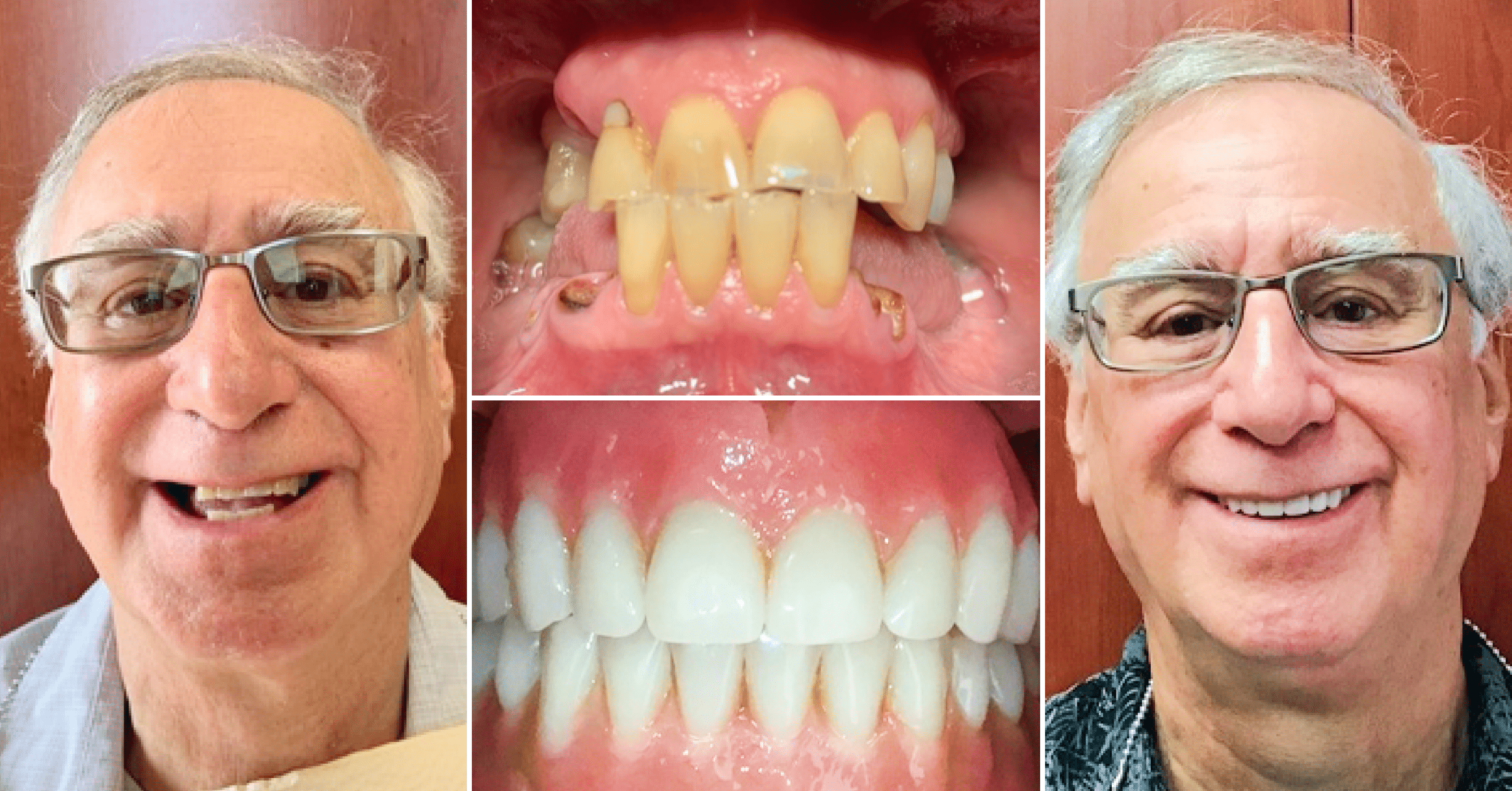
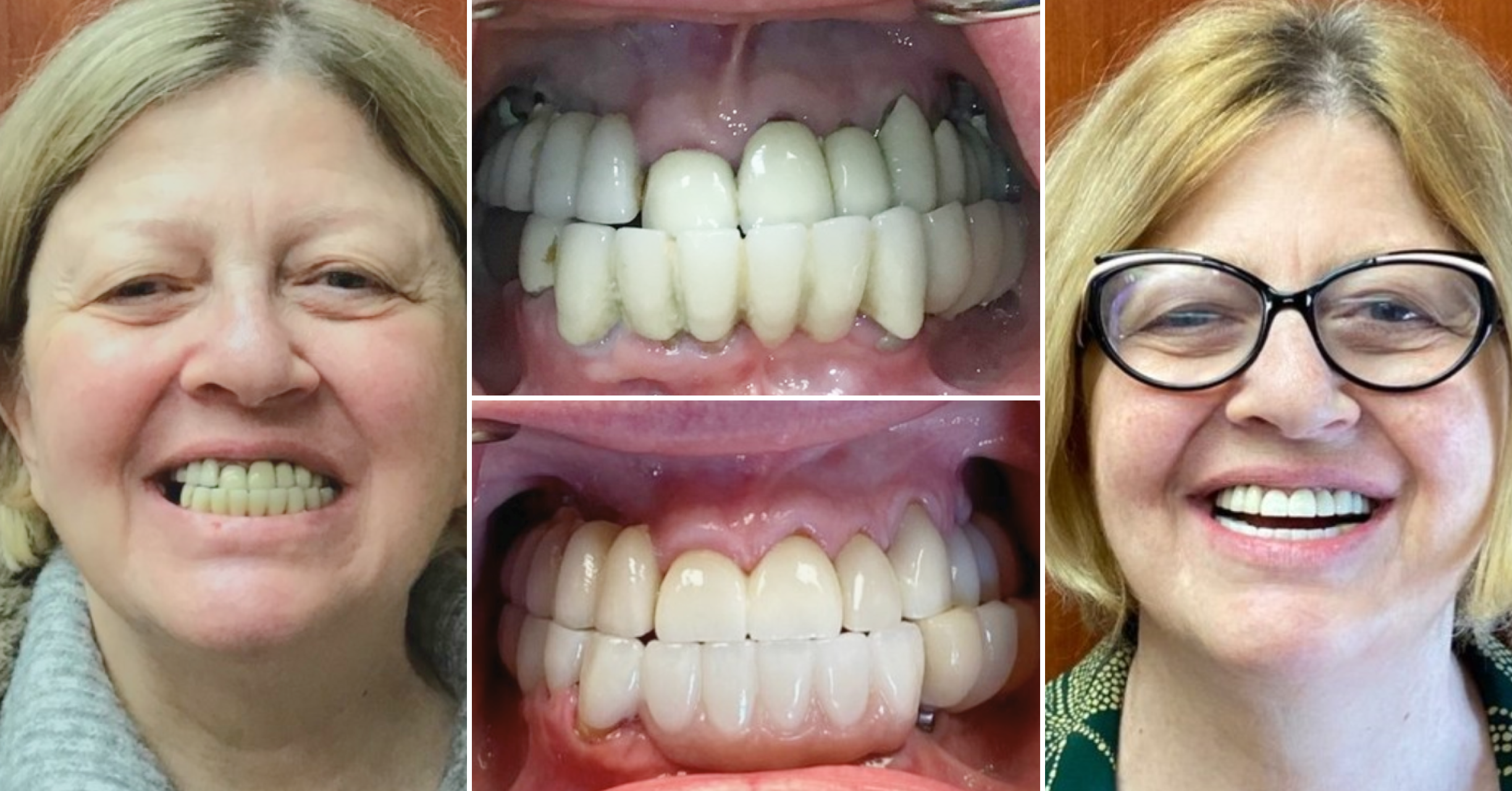

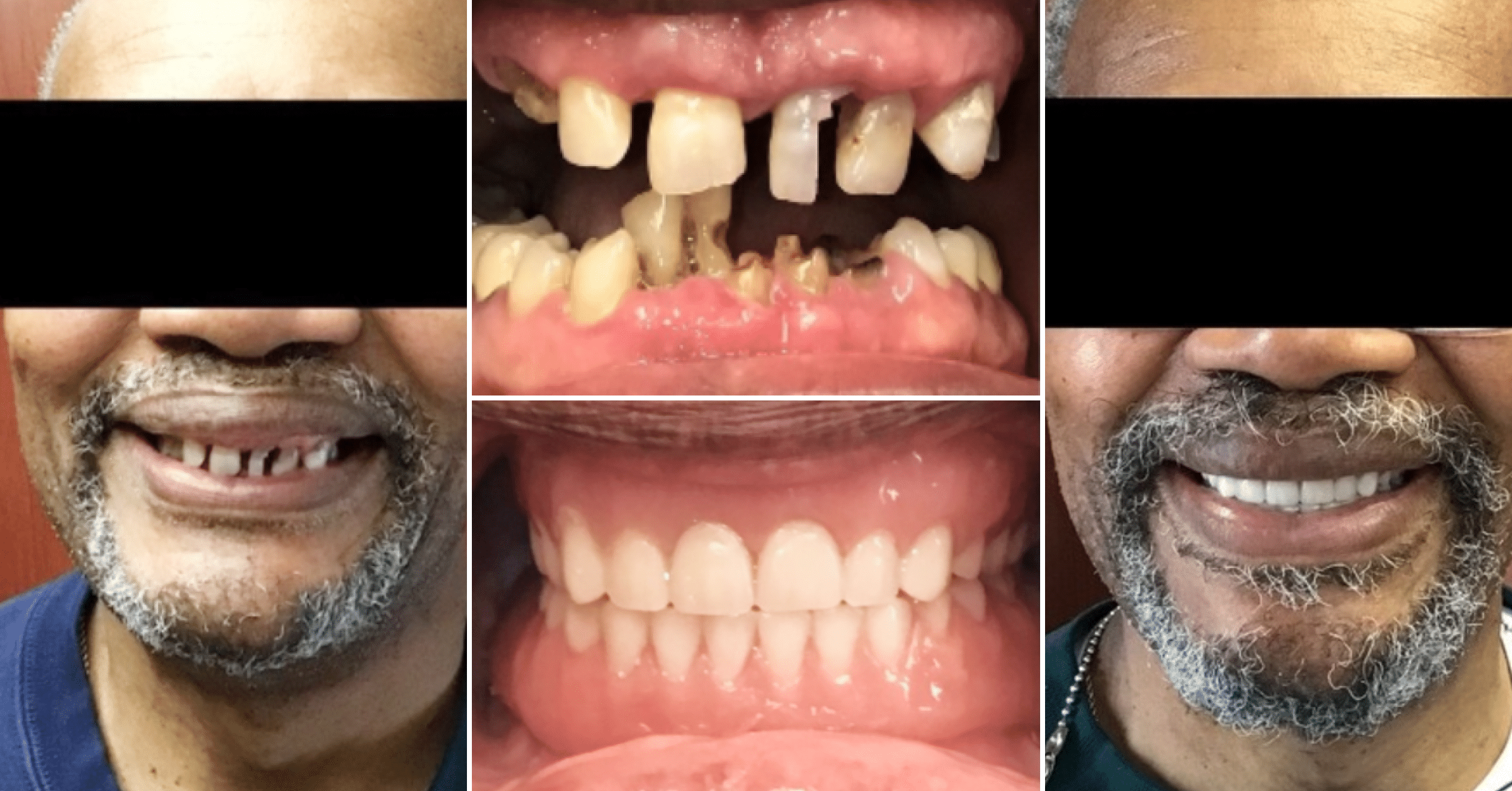

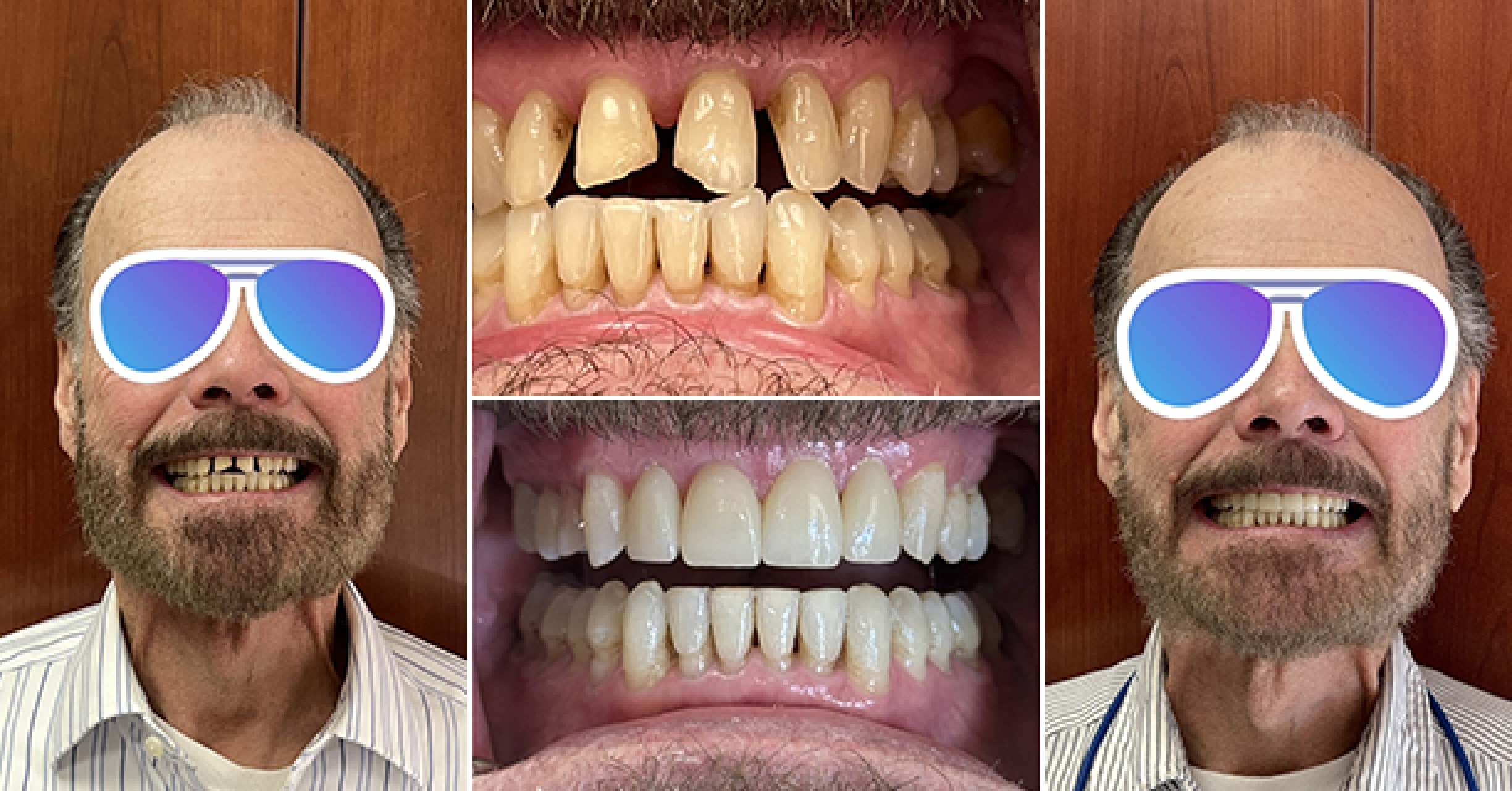
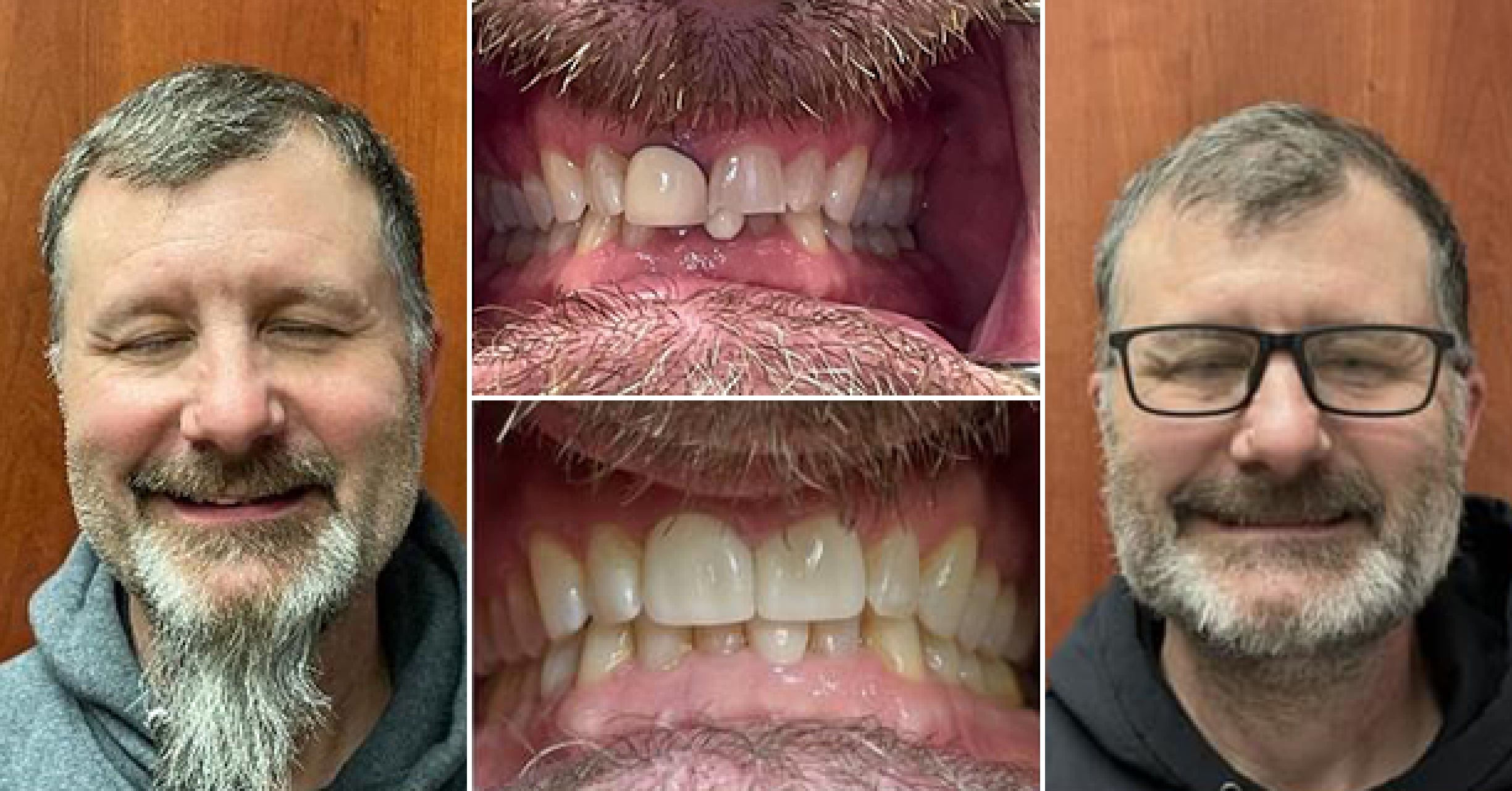
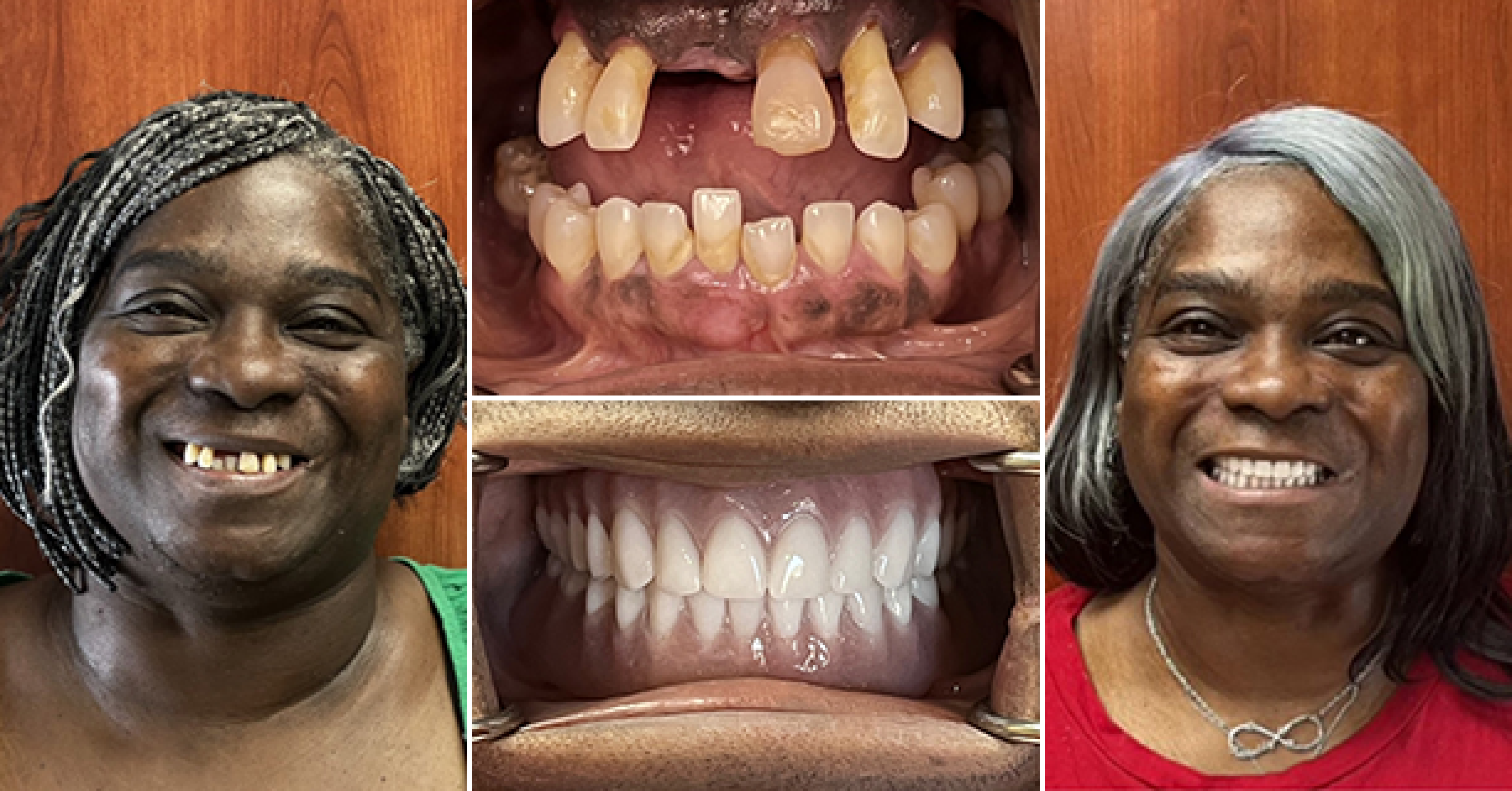
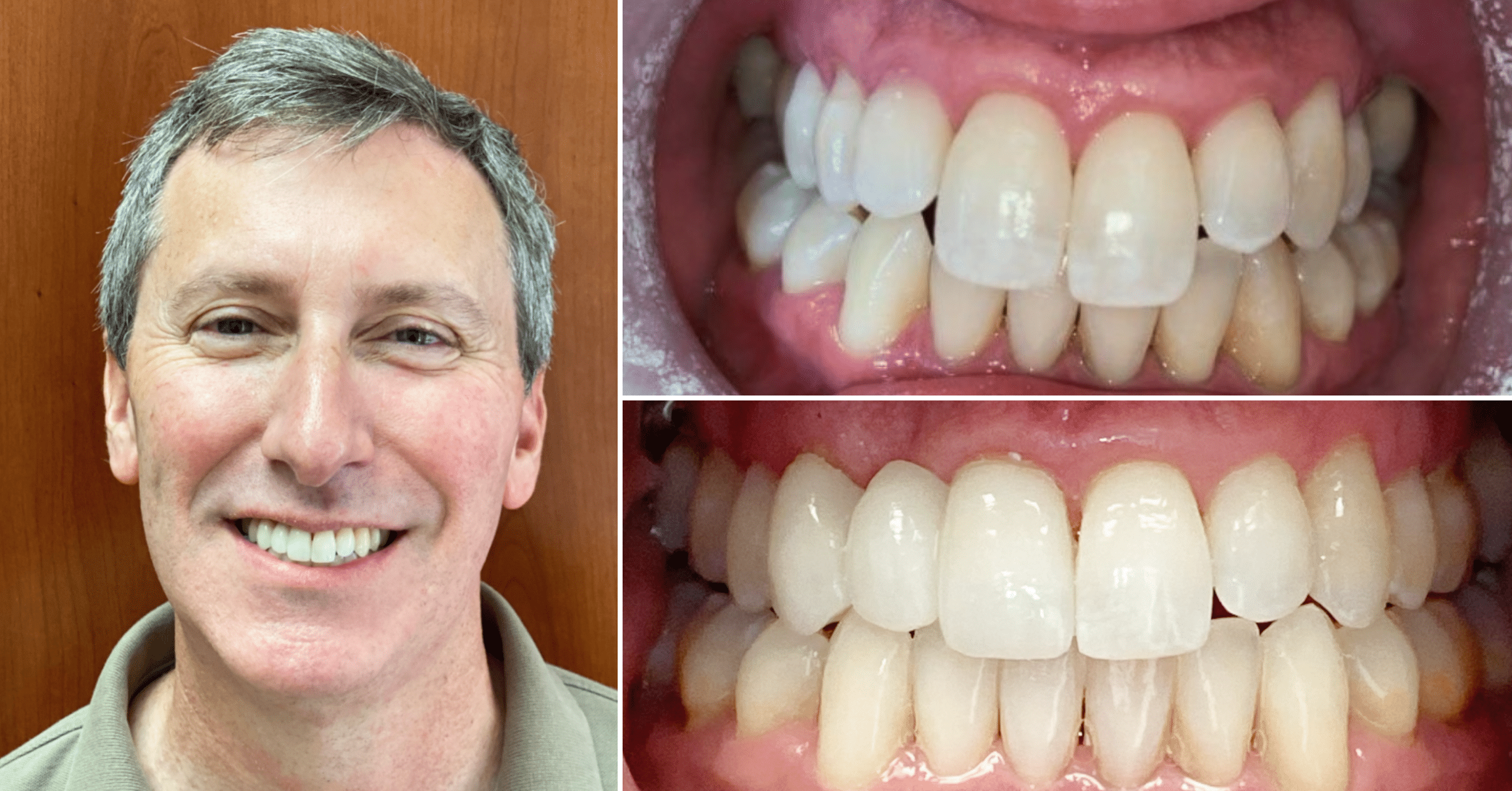









Where we give people a reason to smile. Our team is dedicated to providing Dental Care that works best for your lifestyle.